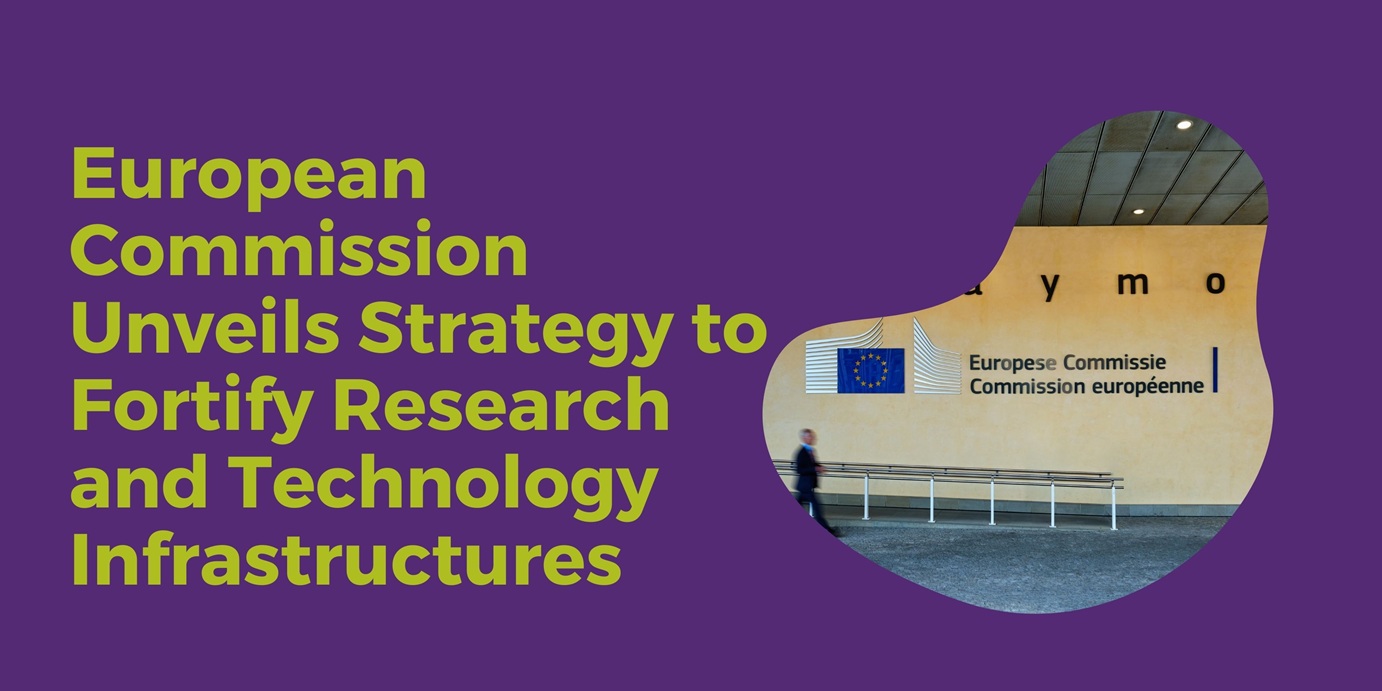In a strategic move to address a fragmented research landscape and a significant funding gap, the European Commission has launched a new strategy to overhaul its research and technology infrastructures. The initiative aims to solidify Europe’s position as a global leader in science and innovation by fostering a more integrated and accessible ecosystem for researchers and industry alike.
The new strategy responds directly to warnings from key reports, including the one by Mario Draghi on the “Future of EU competitiveness”. These reports underscore the critical role of these infrastructures—from particle accelerators to clean rooms and biobanks—as the backbone of Europe’s innovation economy. They are also essential for realising the “fifth freedom” of the EU single market: the free movement of research, knowledge, and innovation.
Europe’s ability to maintain its edge has been hampered by several challenges:
- Fragmented Funding: A lack of a coherent EU-wide investment approach and scattered private investment has slowed progress. A recent study indicates that European research and technology organisations will need to mobilise between €13 billion and €16 billion for capital investments by 2030 to meet the needs of critical technologies.
- Limited Access: Complex and costly access procedures, especially for startups and small to medium-sized enterprises (SMEs), have created significant barriers.
- Geographical Imbalance: The current landscape is unevenly distributed, with more than 50% of clean and renewable energy technology infrastructures located in just four countries.
- To overcome these obstacles, the strategy focuses on five strategic areas:
- Talent Cultivation: Attracting and retaining top talent by creating clear career paths for a diverse range of roles, from technicians to scientific leaders, aligning with the “Choose Europe” initiative.
- Ecosystem Reinforcement: Adopting a holistic approach to capacity building, mobilising investment, and leveraging the potential of digitalisation and AI to better serve users.
- Governance Simplification: Streamlining the governance framework to enable long-term investment decisions and better align priorities across Member States.
- Accessibility Improvements: Creating a “one-stop-shop” model to provide a continuum of complementary services for researchers and innovative companies across the EU, thereby accelerating the market-readiness of innovations.
- International Resilience: Strengthening cooperation with strategic international partners to address global challenges while also supporting risk management for critical data and facilities.
This coordinated approach is seen as crucial for bolstering Europe’s economic security and empowering the next generation of industrial champions in the global race for technological sovereignty. For more information, please visit: https://research-and-innovation.ec.europa.eu/document/009f0f91-74d3-4b94-9d79-55668cfd5a78_en

